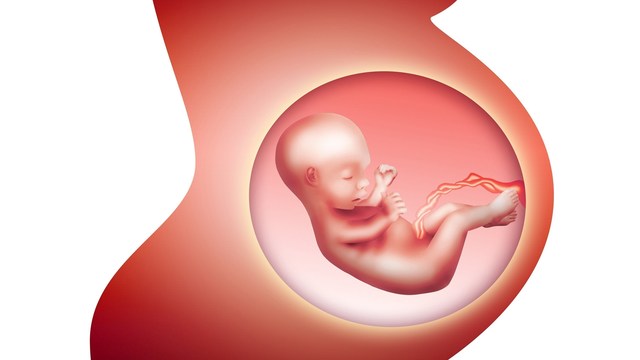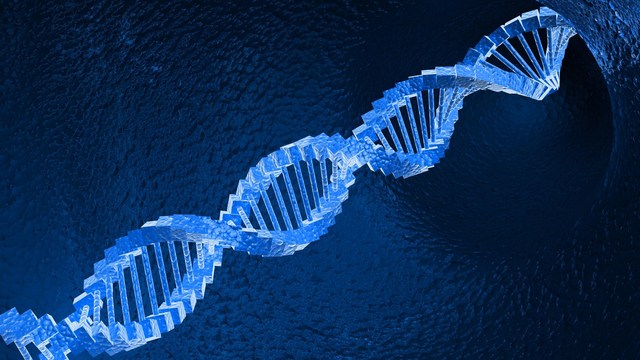NARSAD Investigator Linda Brzustowicz, M.D., and colleagues at Rutgers University have identified a specific DNA change -- a functional change that increases gene expression -- that appears to increase the risk for developing schizophrenia in some people.
Dr. Brzustowicz, a psychiatrist and professor of genetics, based her conclusion is on the presence of the DNA change – the increased expression of a gene called NOS1AP (previously known as CAPON) -- in the genes of a Canadian study population of 24 families where multiple individuals had been diagnosed with schizophrenia.
The researchers used an innovative statistical technique that quantified the evidence for association between the altered gene and schizophrenia. It enabled them to reduce the 60 variants (single nucleotide polymorphisms, or SNPs) of the gene being evaluated down to three. This greatly simplified the subsequent cell culturing, a much more labor intensive task.
To measure the quantity of excess protein being expressed, each of the three candidate SNPs was introduced into separate cultures of cells derived from human brain tissue. Into each culture the researchers also added DNA that contained the gene that makes a firefly glow, along with human regulatory DNA to control the production of the firefly enzyme. The amount of expression of each SNP was reflected (via the regulatory DNA) in the intensity of the light the firefly enzyme produced. A luminometer measured the glow and showed a dramatic increase in gene expression in one variant over the others.
Dr. Brzustowicz emphasized that having this altered gene does not necessarily lead to disease. Its frequency in the general population is more than 40 percent. Approximately 1 percent of the general population has schizophrenia, but not all of those with the illness will have this altered gene. She estimates that the frequency of the altered gene in people with schizophrenia is going to be higher than the average in the general population. For example, the frequency of this variant in people with schizophrenia in the Canadian families is 55 percent.
To refine this estimate, Dr. Brzustowicz and her team will be looking at the altered gene's frequency in DNA samples from the National Institute of Health collection of cell lines housed in the Rutgers University Cell and DNA Repository. The collection includes samples drawn from large populations of individuals with schizophrenia.





Add a CommentComments
There are no comments yet. Be the first one and get the conversation started!